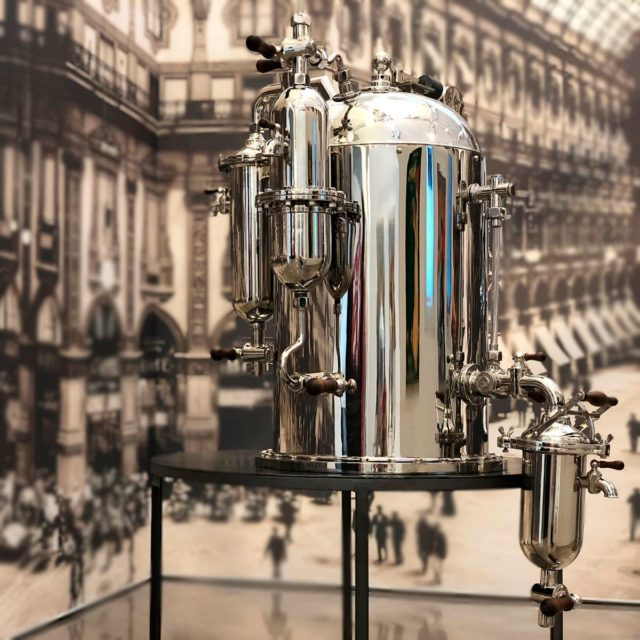sapere aude
December 07, 2023
Reading Wikipedia via the Propaedia
July 04, 2023
Optimal diet for hormonal enhancement
June 06, 2022
Automating Parsehub to Sealfit to Things Todo
Since I'm cheap and I didn't want to buy the Alfred Power Pack for this, I did it myself in Python and Parsehub, a free point to click web scraper. First thing is to download and install Parsehub for Mac. Go through the tutorial and get it able to log into a website and select the content. Export to CSV. Set it to kick off a script. Create the following small python script program in VS Code. Cleanup of the data can be done with other tools in the pipeline like the regular expression as shown.
import reimport smtplibfrom email.message import EmailMessagemsg = EmailMessage()with open("/Users/you/Downloads/run_results.csv", "r", encoding='utf-8') as f:s = f.read()message = re.search(r'(?s)Baseline:([\S\s]*)Leave', s).group(1)msg.set_content(message)from datetime import datetimemydate = datetime.today().strftime('%Y-%m-%d')msg['Subject'] = 'Sealfit '+mydate# Send the message via our own SMTP server.server = smtplib.SMTP('smtp.gmail.com', 587)server.ehlo()server.starttls()server.ehlo()server.send_message(msg)server.quit()
This will automate web scraping almost any website with a point to click interface and then sending the file to Things ToDo automatically.
May 29, 2022
Plain text Obsidian Zettelkasten
"Whenever he read something , he would write the bibliographic information on one side of a card and make brief notes about the content on the other side ( Schmidt 2013 , 170 ) . These notes would end up in the bibliographic slip - box . In a second step , shortly after , he would look at his brief notes and think about their relevance for his own thinking and writing . He then would turn to the main slip - box and write his ideas , comments and thoughts on new pieces of paper , using only one for each idea and restricting himself to one side of the paper , to make it easier to read them later without having to take them out of the box . He kept them usually brief enough to make one idea fit on a single sheet , but would sometimes add another note to extend a thought" -Sonke Ahrens, on Luhmann's Zettelkasten, in How To Take Smart Notes
Obsidian Vault with Citations plugin, Zotero Bibliography with ZoteroObsidianCitations plugin and Better Bibtex, exporting to OneDrive, Pandoc and Papaja export to APA paper with formatted Bibliography via RStudio. This allows for the formatting to be entirely abstracted away from the plain text itself: instead of agonizing over different journal preferences for style, it is all done in one fell swoop, including not only journal articles but the writing of entire books too. PDFs especially books can be temporarily imported into Zotero and then have their notes extracted to retain the page number, and Kindle application can export with page numbers too.
Markdown is the basis of this plain text formatting that is a kind of 'html lite' doing in-line formatting as plain text. Ultimately the idea for RStudio is especially important for open sourcing scientific publications where you can build this web of interdependencies from experimental results that automatically update, ala Jupyter Notebooks. Of course that means that maybe your written analysis and conclusions are not accurate any longer if the interlinked data is changed! Overall, this is very similar to the vision of an idea called the memex as outlined by Vannevar Bush in 1945, also prior to hypertext systems.
And this is in keeping with Stephen Kosslyn's principles of online learning: Deep Processing with cognitive load, Chunking, Associations, Dual Coding with images, Deliberate Practice, especially using an external constructivist scaffolding for associations in the bi-directional link of a digital zettelkasten. “Imagine if we went through life learning only what we planned to learn or being explicitly taught,” writes Dr. Sönke Ahrens in his book. That's the promise of the memex today, a kind of pathfinding through intricate trails of thought, collecting and organizing and binding as a research explorer.
This is further enhanced with the killer app for mobile sync in mindmapping in Obsidian: Excalidraw for Visual PKM (personal knowledge management). With a good sprinkling of Zotero integration. This lets you add wiki links to visually drawn maps on any tablet and even use a phone to embed pictures from other places like textbooks: full fidelity capture.
In the sense of dual-coding, here is an image of the process:
May 18, 2022
A cosmic awakening
October 01, 2020
March 22, 2020
I wonder if the process of creating spikes of the coronavirus could be disrupted in the sgRNA. Then the virus wouldn't be able to bind to ACE2 receptors in other cells. Another idea is to introduce stem cell therapy in older populations. Monoclonal antibodies also prevent the spikes from binding. The spikes are the primary antigen detected by the immune system.
Encyclopedia of Virology - Coronaviruses
November 30, 2019
I've been having discussions about workflow and procrastination. These are excellent explanative charts!
The Sensemaking Process and Leverage Points for Analyst Technology as Identified Through Cognitive Task Analysis. Peter Pirolli and Stuart Card. PARC.
 |
| Right click and open image in new tab |
I worked on my personal website https://jandrews.io today. It was easy to host with the free Google Sites. I had a minor snafu with redirecting the "blog" subdomain to Blogger. I also used a free service called wwwizer to redirect the root domain @ A record to the www CNAME in DNS, because Google keeps that service only for G-suites, most likely because of the underlying server IP addresses changing occasionally. I chose to keep my blog hosted directly with Blogger because it is more secure: Wordpress has been rife with vulnerabilities in the past few years so it makes sense to keep it on an automatically updated platform. Overall I'm happy with the result for a start.









